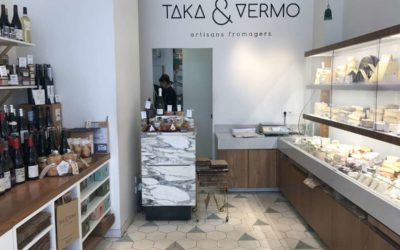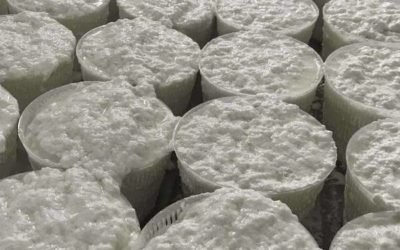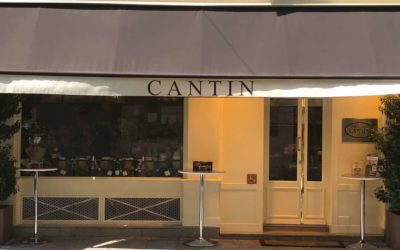Do you know the 7 different families of cheese?
1. The Fresh cheeses
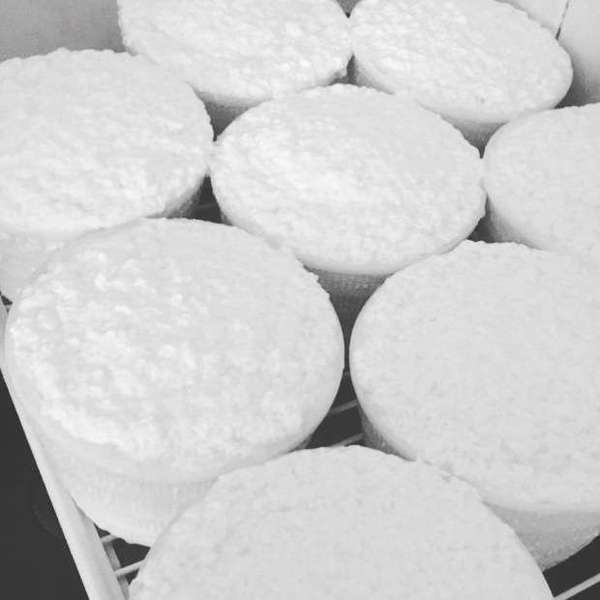
These cheeses are, more or less, not aged and their humidity level is above 60%. These fresh, creamy, melt-in-your-mouth cheeses are meant to be eaten right away!
Example: the Corsican Brocciu, Ricotta or Feta
2. Natural-rind cheeses
You’ll find mainly goat-milk cheeses in this group but also cow-milk (Sainte-Marcellin) or sheep-milk cheeses (Pérail de brebis). You can recognize them by their wrinkly rind, which develops naturally. This family of cheeses generally have fresh, delicious, milky aromas!
Example: Sainte-Maure de Touraine, Chabichou du Poitou or Valençay
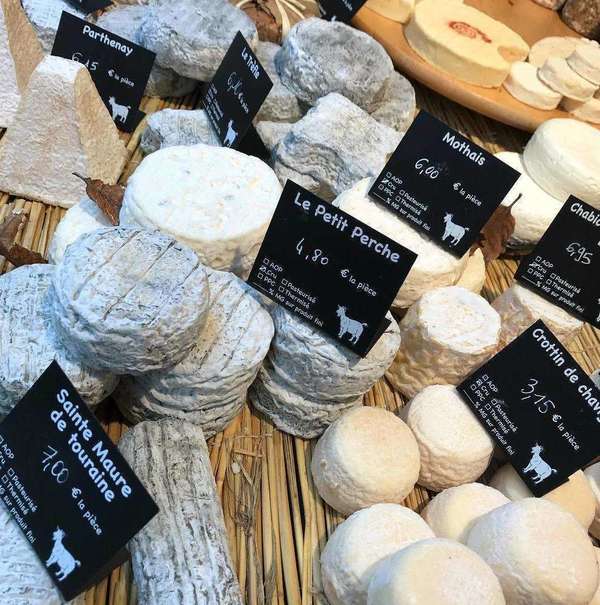
3. Bloomy-rind cheeses

During the aging process a mold, Penicillium Camemberti, is sprayed on cheese, which develops on the rind and forms a soft, white blanket of mold with mushroom aromas.
Example: Brie de Meaux, Camembert de Normandie or Chaource
4. Washed-rind cheeses
The technique, invented by monks in the Middle Ages, consists of massaging the cheese with salted water or alcohol to encourage B-Linens bacteria to grow. It has two main characteristics: it’s orange and it’s stinky!
Example: Époisses, Maroilles or Munster, among others.
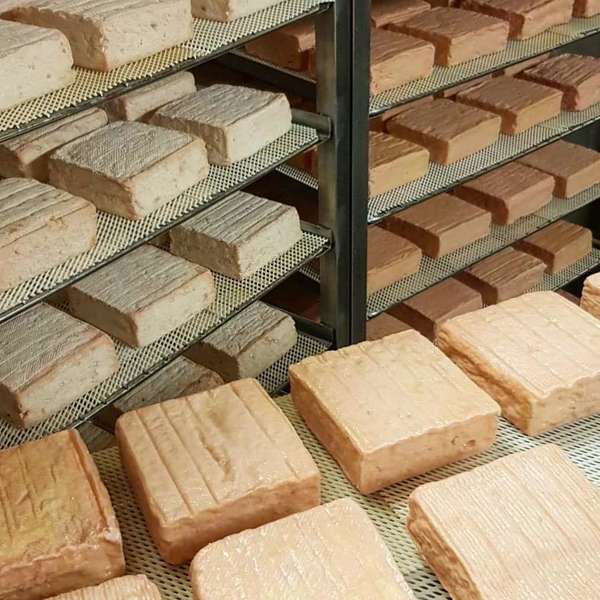
5. Pressed non-cooked cheeses, or semi-hard cheeses
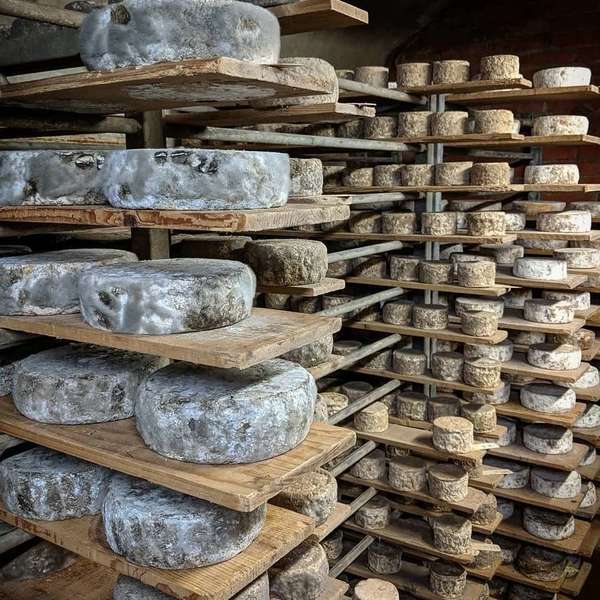
It’s a family that groups together many different cheeses. The cheeses are pressed to remove the whey but the curd isn’t cooked for a hard, but not dry, texture, at the same time soft and smooth.
Example: Reblochon, Tomme de Savoie and Ossau-Iraty
6. Pressed and cooked cheeses or hard cheeses
During the production process the maximum amount of water is removed. The curd is heated to a minimum of 127 degrees then, once in the mold, pressed to remove remove as much whey as possible. This allows the cheese to keep for much longer, as they were originally made by farmers in summer to be stored until winter.
Example: Beaufort, Comté and Swiss Gruyère
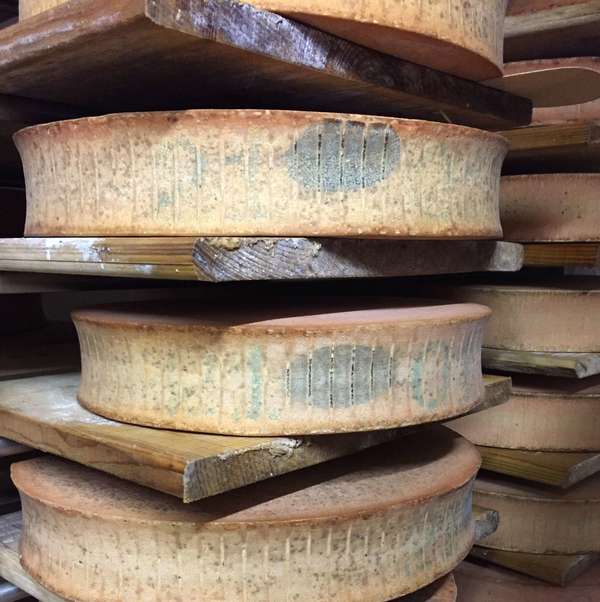
7. Blue-veined cheeses
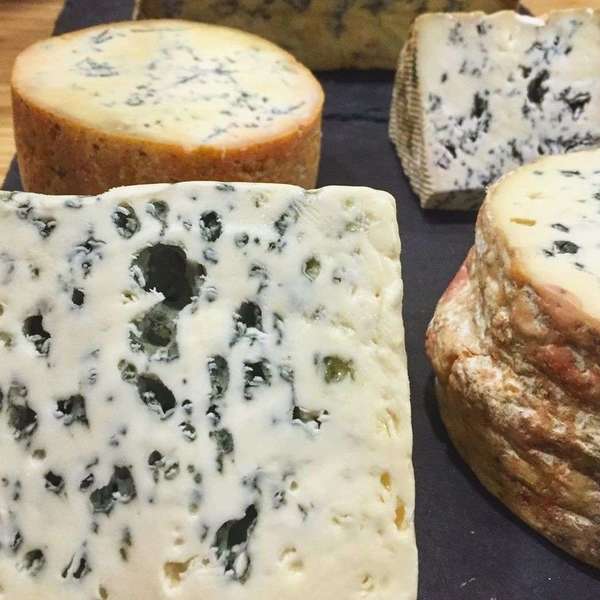
During production the mold Penicillium Roqueforti, cultured either on bread or in a lab, is added to the curd. During the aging process holes are poked in the cheese, as the mold needs oxygen to develop uniformly.
Example: Bleu d’Auvergne, Roquefort or Gorgonzola
The last CheeseNews
La fromagerie Taka&Vermo : the most vivid cheese shop in Paris
Quelques mois après s’être rencontrés, Mathieu et Laure décident de créer un projet commun autour de leur amour pour les produits laitiers. C’est ainsi qu’après un Tour de France des fromages à la rencontre des petits producteurs, la fromagerie Taka & Vermo voit le jour.
Le tour de fromage
Better than Le Tour de France, le Tour de Fromage 🙂 Let’s discover French cheese regions one cheese at a time.
Have a nice trip !
La fromagerie Marie Anne Cantin : the most authentic cheese shop in Paris!
Fromagerie Cantin has opened in 1950, originally created by Marie-Anne Cantin’s parents. As a child, she enjoyed selling cheeses and when she turned 25, Marie-Anne took over the family business.



